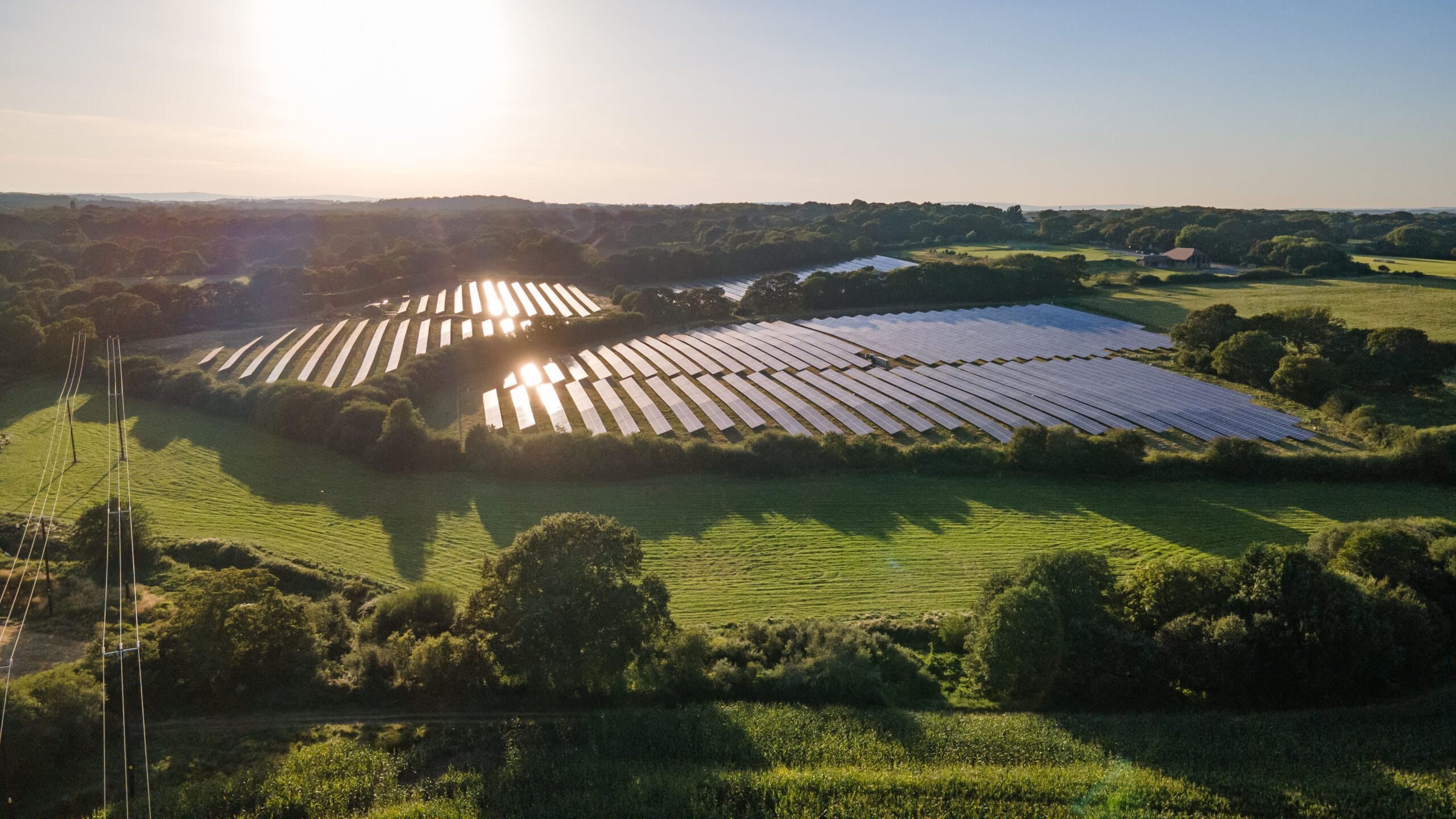Waterside scheme breathes new life into Berkshire town
A neglected area of Slough will soon be transformed into a vibrant community for new residents and visitors, with active travel at the heart of its design. Stoke Wharf will deliver a waterside development of homes, restaurants and open spaces for retail and leisure opportunities, making full use of a revitalised basin on the Grand Union Canal. Transport and travel planning support for the application was provided by Motion.
Planning permission for the scheme has been granted to Stoke Wharf Developments LLP, a partnership between Waterside Places and Slough Urban Renewal. Together they will regenerate the area, which is a ten-minute walk from Slough railway station.
The scheme will provide 312 new homes and 329 sqm of commercial floor space. According to Katy Walker, Senior Development Manager at Slough Urban Renewal, “Our plans will rejuvenate the canal and a neglected part of Slough, providing new homes and attractions for the wider community to enjoy.”
Fostering community interactions
Car parking at Stoke Wharf will be provided at just under 0.5 spaces per household, whilst cycle parking is prioritised at one space per household. Residents will also benefit from a cycle hire hub, and new routes for cycling and walking will be implemented across the development.
Motion Senior Travel Planner, Anna Mahoney, explains, “The site design provides for active and sustainable travel modes, including electric car club vehicles. The aim is to foster interaction among users of these modes to build a sense of community, the absence of vehicular noise and emissions further encouraging these interactions.”
New moorings and improved facilities for canal boats will be created and the plans also include a park and landscaped public spaces. The access road into the site will lead to a public square around the canal and proposed commercial unit.
The site layout will help to encourage low vehicle speeds through the use of raised tables, with surface treatment around the public space prioritising the needs of pedestrians and cyclists. Inappropriate parking will be discouraged through careful positioning of on-street car parking, loading bays and landscaping.
It is anticipated that a 51 per cent reduction in carbon emissions will be achieved through renewable energy initiatives, with passive design adoption reducing energy demand across the development.
This article first appeared in the Summer 2021 edition of Insight.



